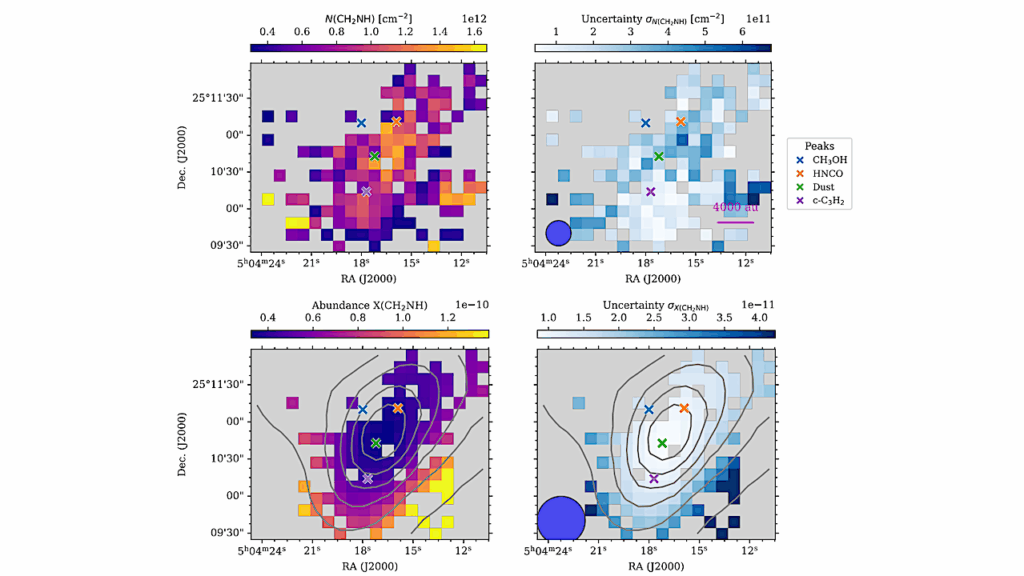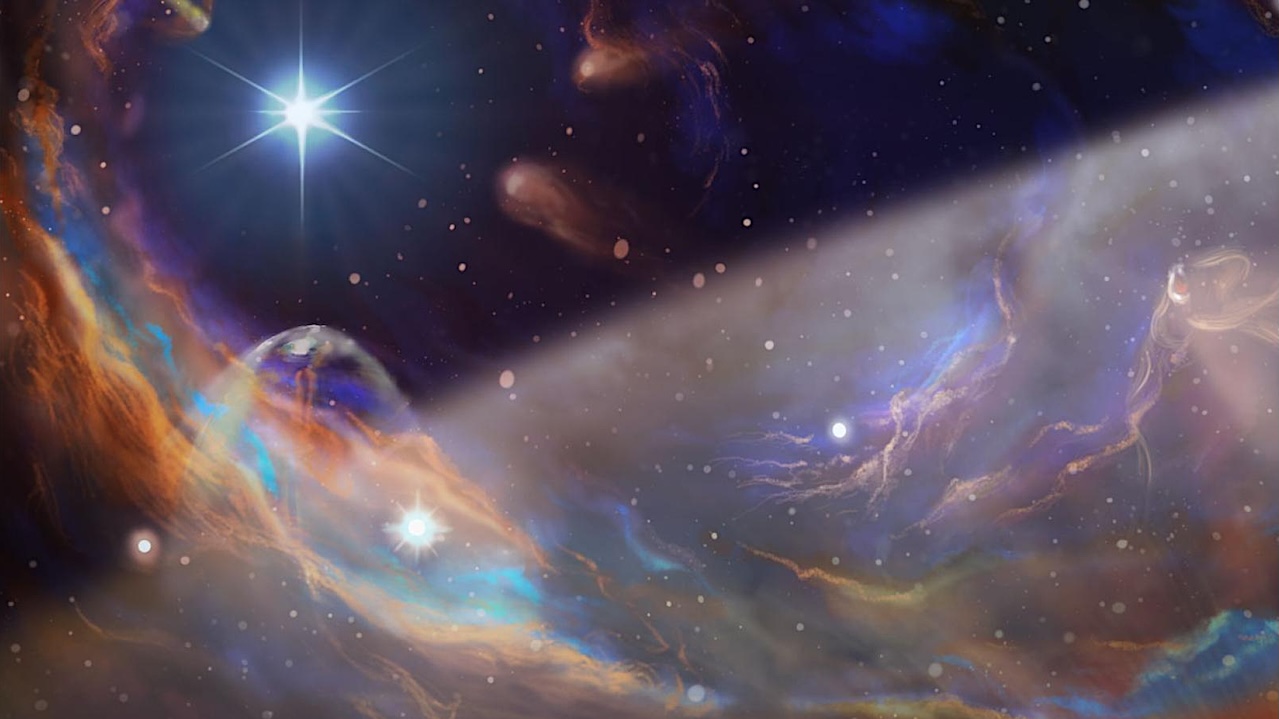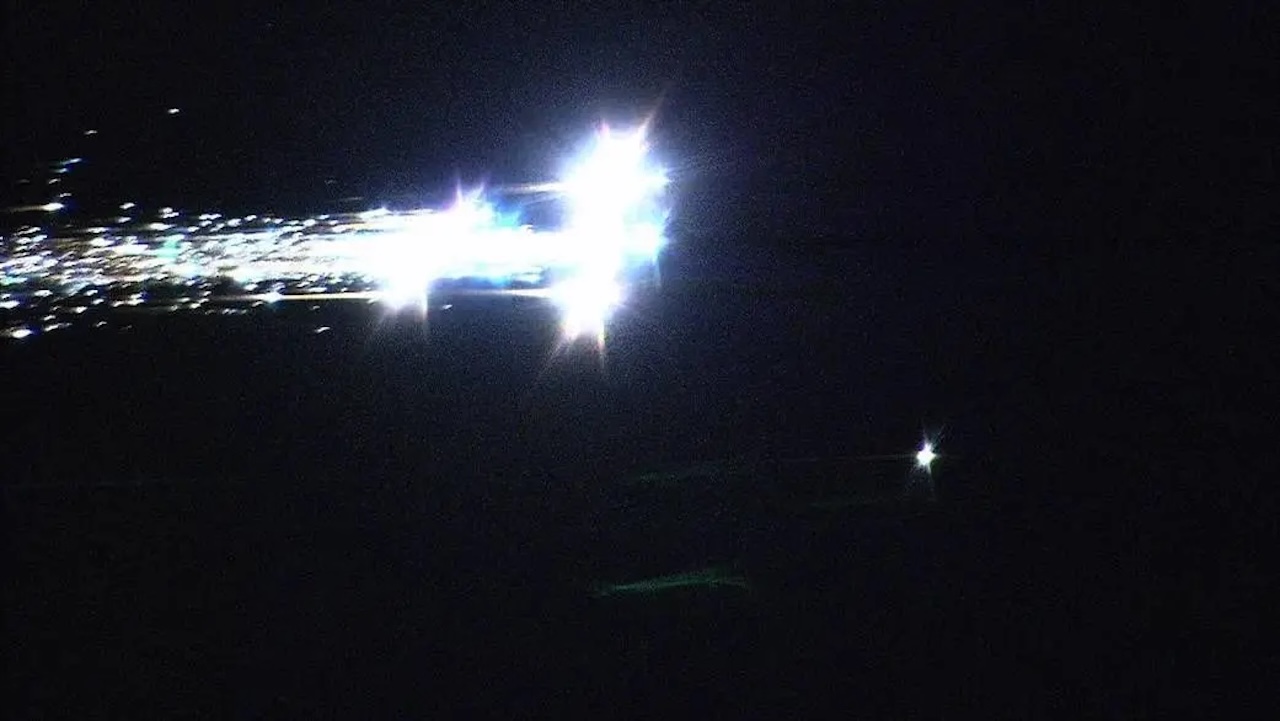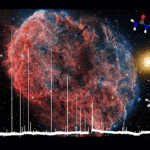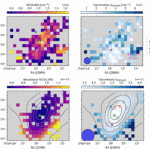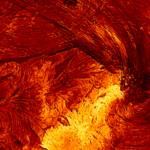Now Reading: JWST MIRI Imaging Can Directly Detect Exoplanets Of The Same Temperature, Mass, Age, And Orbital Separation As Saturn And Jupiter
-
01
JWST MIRI Imaging Can Directly Detect Exoplanets Of The Same Temperature, Mass, Age, And Orbital Separation As Saturn And Jupiter
JWST MIRI Imaging Can Directly Detect Exoplanets Of The Same Temperature, Mass, Age, And Orbital Separation As Saturn And Jupiter
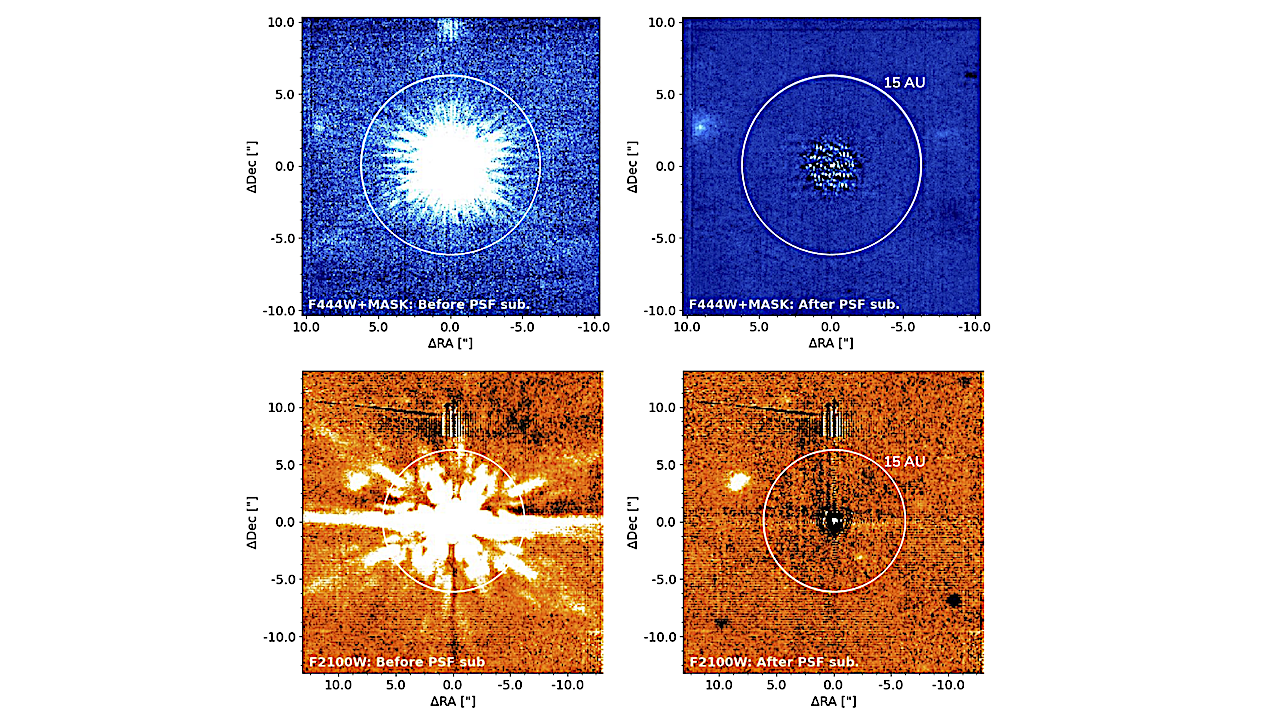

Wolf 359 images from NIRCam (blue) and MIRI (red) before and after PSF subtraction. PSF subtraction was performed in order to improve the sensitivity to finding faint astrophysical sources near the star. The white circle represents an angular separation of 15 AU for the Wolf 359 system. The dark spots in the background of the PSF subtracted frames are due to positive sources in the reference star frames; this issue is expected to be mitigated in future analysis when additional reference stars are available. In the MIRI F2100W frames, an image artifact is present approximately 75 pixels above the center of the star. Future proper motion followup observations are needed to identify if uncataloged point sources are co-moving companions. — astro-ph.EP
NIRCam and MIRI coronagraphy have successfully demonstrated the ability to directly image young sub-Jupiter mass and mature gas-giant exoplanets.
However, these modes struggle to reach the sensitivities needed to find the population of cold giant planets that are similar to our own Solar System’s giant planets (Teff=60−125 K; a=5−30 AU). For the first time, we explore the high-contrast imaging capabilities of MIRI imaging rather than coronagraphy.
Using data from the JWST GO 6122: Cool Kids on the Block program which targets nearby (<6 pc) M-dwarfs with NIRCam coronagraphy and MIRI imaging, we demonstrate that 21μm MIRI imaging can detect planets with the same temperature, mass, age, and orbital separations as Saturn and Jupiter. For systems within 3pc, 21μm MIRI imaging reaches the sensitivity needed to detect planets colder than Saturn (<95 K).
NIRCam coronagraphy can achieve similar results only in the unlikely case that a cold giant planet is cloud-free. Motivated by these compelling findings, we extend our analysis to evaluate the measured performance of MIRI F2100W imaging versus NIRCam F444W coronagraphy to 70 pc and conclude that MIRI imaging offers the advantage for systems within 20pc.
Microlensing surveys predict an occurrence rate as high as 1 – 2 low-mass giant exoplanets per star, suggesting that JWST MIRI imaging surveys of nearby systems may be poised to uncover a substantial population. This breakthrough enables a path towards the first direct characterization of cold giant exoplanets that are analogous to the solar system giant planets.
NIRCam yells at cloud: JWST MIRI imaging can directly detect exoplanets of the same temperature, mass, age, and orbital separation as Saturn and Jupiter
Rachel Bowens-Rubin, James Mang, Mary Anne Limbach, Aarynn L. Carter, Kevin B. Stevenson, Kevin Wagner, Giovanni Strampelli, Caroline V. Morley, Grant Kennedy, Elisabeth Matthews, Andrew Vanderburg, Maïssa Salama
Subjects: Earth and Planetary Astrophysics (astro-ph.EP)
Cite as: arXiv:2505.15995 [astro-ph.EP] (or arXiv:2505.15995v1 [astro-ph.EP] for this version)
https://doi.org/10.48550/arXiv.2505.15995
Focus to learn more
Submission history
From: Rachel Bowens-Rubin
[v1] Wed, 21 May 2025 20:25:21 UTC (9,872 KB)
https://arxiv.org/abs/2505.15995
Astrobiology,
Stay Informed With the Latest & Most Important News
-
 01From Polymerization-Enabled Folding and Assembly to Chemical Evolution: Key Processes for Emergence of Functional Polymers in the Origin of Life
01From Polymerization-Enabled Folding and Assembly to Chemical Evolution: Key Processes for Emergence of Functional Polymers in the Origin of Life -
 02Panasonic Leica Summilux DG 15mm f/1.7 ASPH review
02Panasonic Leica Summilux DG 15mm f/1.7 ASPH review -
 03How New NASA, India Earth Satellite NISAR Will See Earth
03How New NASA, India Earth Satellite NISAR Will See Earth -
 04And Thus Begins A New Year For Life On Earth
04And Thus Begins A New Year For Life On Earth -
 05Astronomy Activation Ambassadors: A New Era
05Astronomy Activation Ambassadors: A New Era -
06SpaceX launch surge helps set new global launch record in 2024
-
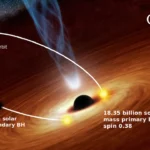 07Two Black Holes Observed Circling Each Other for the First Time
07Two Black Holes Observed Circling Each Other for the First Time














